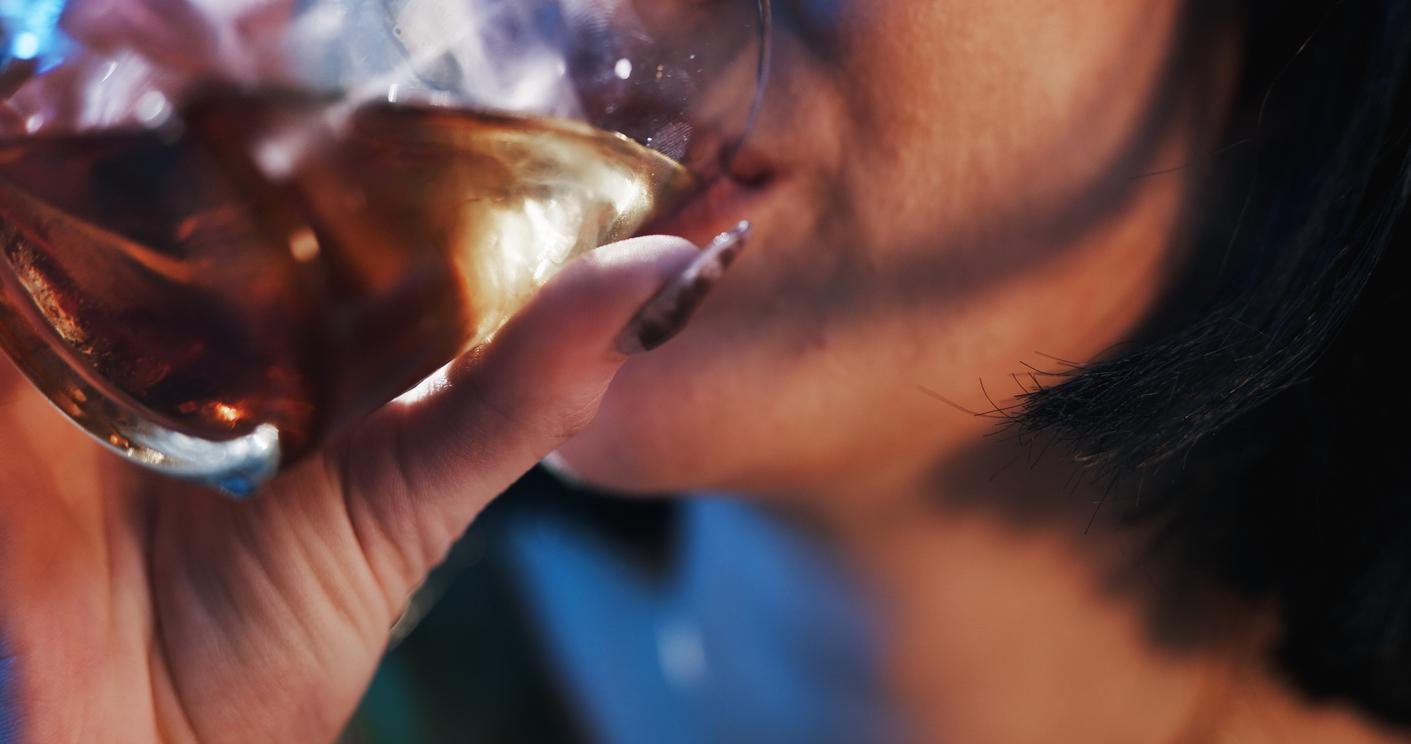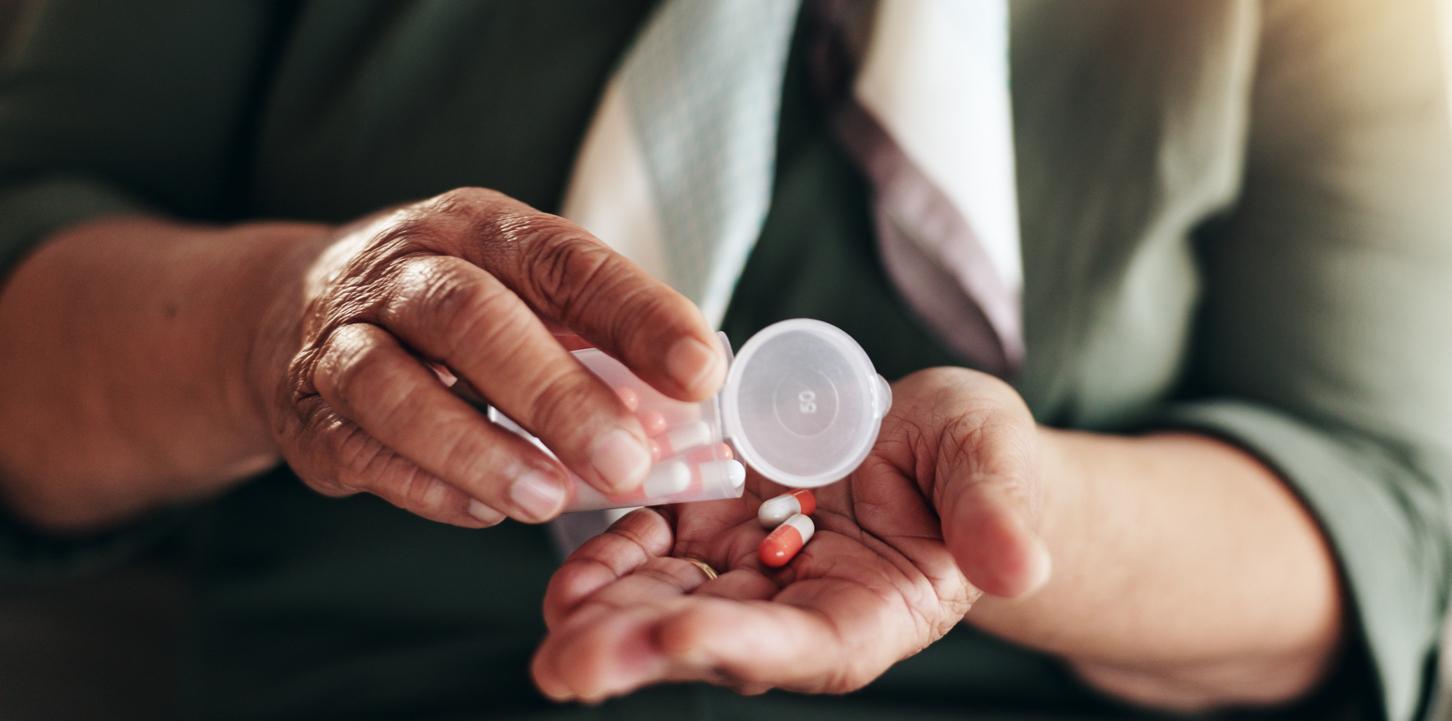The soapwort (Saponaria officinalis) better known under the name of “soap grass”, grows near streams and paths. Its pale pink flowers have a perfect habit, erect in a cyme along an unbranched stem. Like Panama wood, it has the particularity of foaming. A property which is due to the presence of saponosides (or saponin) in its leaves, but especially in its roots which are rhizomes, long, reddish, gnarled, branched. The first idea was to use it for washing powder and shampoos, but the doctors of Antiquity quickly saw its interest in dermatology, in particular to wash the wounds of lepers. Popular medicine also recommends soap for its depurative and expectorant properties. However, high doses of saponins can be very toxic to the blood. Any use over more than a few days should therefore not be considered. This bans, among other things, the indications of rheumatism or gout which, by definition, are chronic diseases.
It fights against bronchial congestion
The soapwort helps in the thinning of mucus by an amazing process. “By irritating the gastric mucosa,” explains Dr Dubus, doctor of pharmacy and trainer in medicinal plants, “saponosides succeed in causing a vagal gag reflex and thus cause an increase in the mucus and its fluidization”. Take it as a decoction at the rate of 5gr of dry plant per bowl, twice a day, for a maximum of 4 days. Franck Dubus also recommends supporting its antiseptic action with a diffusion of essential oil (EO) of pine bud or eucalyptus (at a rate of 15 minutes, 3 times a day) because its anti-bacterial action is not powerful enough to overcome bronchitis. Finally, to bypass its toxicity, it can be taken into homeopathic medicine.
It relieves eczema, acne, psoriasis, rosacea
The soap is a gentle, antiseptic and antibacterial cleansing lotion. It will provide the dermatosis with a healthier environment to heal. “Take acne,” explains Dr. Dubus, “it is an excess of sebum, which is usually accompanied by blackheads, that is to say, an oxidation of fats. This environment is ideal for the growth of bacteria which often trigger an inflammatory response. The soap, by cleaning, the surroundings of the blocked pores will prevent this inflammatory response ”. It is the same mode of action for eczema, psoriasis, rosacea. Use here the decoction of its roots but in lotion (see recipe).
It works against itchy scalp and dandruff
“Anti-bacterial, astringent, the soap is also a regulator of the flora of the epidermis”, explains Franck Dubus. For 3 shampoos, mix 30g of dried roots in 1/2 liter of cold water, to be decocted for 15 minutes. Filter and add 3 tbsp. tablespoon of hydrosol lavender. Store in a glass bottle in the refrigerator.
Precautions for use
It is not recommended in children, pregnant women and people with fragile health.
It is contraindicated in people with bleeding disorders.
Never take saponaria roots for more than 7 days, because the presence of saponosides (or saponin) can, in the long term, cause signs of blood toxicity (hemolysis / dissolution of red blood cells: their membrane breaks down and becomes porous), followed by kidney damage. It can also be irritating to the digestive tract, to the mouth (dryness) or even can cause tremors.
It is toxic to animals. Dogs, horses and cats are more sensitive to it than humans. In cold blooded animals, it can be fatal.
>> To read also:
Detox: birch, a super purifier for the skin
5 plants for young and beautiful skin
Herbal medicine, your slimming ally
















